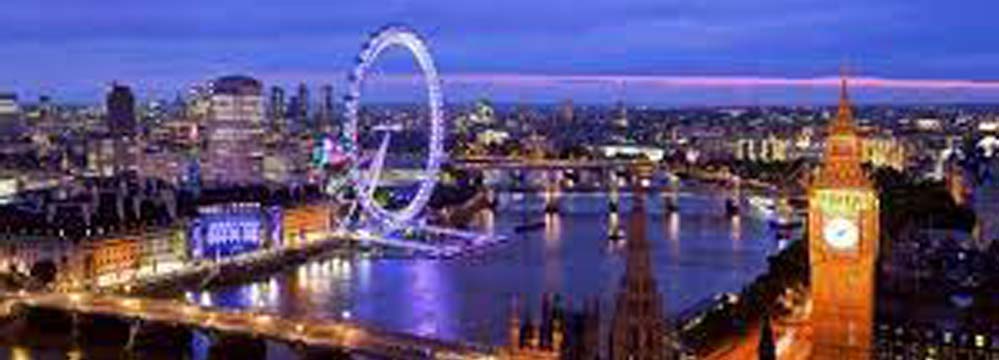Caernarfon, is a Royal town, community and port in Gwynedd, Wales, with a population of 9,611. It lies along the A487 road, on the east banks of the Menai Straits, opposite the Isle of Anglesey. The city of Bangor is 8.6 miles (13.8 km) to the northeast, while Snowdonia fringes Caernarfon to the east and southeast. Caernarvon and Carnarvon are archaic anglicised spellings of Caernarfon, but used rarely.
Abundant natural resources in and around the Menai Straits enabled human habitation in the Caernarfon area during pre-history. The Ordovices were the Celtic tribe documented as living in this region during classical antiquity. The Roman fort called Segontium was established in about the year 80 to subjugate the Ordovices as part of the Roman conquest of Britain. The Romans were victorious and occupied the region until their departure in the 5th century, after which Caernarfon became part of the Kingdom of Gwynedd. In the 11th century, William I, King of England ordered the construction of a motte-and-bailey at Caernarfon, so as to fulfill the Norman invasion of Wales.
In the 13th century, Llywelyn ap Gruffydd, ruler of Gwynedd, refused to pay homage to Edward I, King of England citing political hostilities. This prompted the English conquest of Gwynedd, and subsequent construction of Caernarfon Castle, one of the largest and most imposing fortifications built by the English in order to control Wales. In 1282 the English-style county of Caernarfonshire was established, composed of Caernarfon (the new county town) and its hinterland; and in 1284 Caernarfon was made a borough and market town, and the seat of Edward I's government in North Wales.
The ascension of the Tudor dynasty to the throne of England eased hostilities between the English and Welsh, and resulted in Caernarfon Castle falling in to a state of disrepair. However, Caernarfon continued to flourish towards its present status as a major tourist centre and seat of Gwynedd Council, with a thriving harbour and marina; Caernarfon has expanded beyond its medieval walls and experienced heavy suburbanisation. Its population includes the largest percentage of Welsh-speaking citizens anywhere in Wales. The status of Royal Borough was granted by Queen Elizabeth II in 1963, which was converted into the title of Royal Town in 1974.
Caernarfon Airport (ICAO: EGCK) is located 4 NM (7.4 km; 4.6 mi) southwest of Caernarfon, Gwynedd, Wales.
Caernarfon Aerodrome has a CAA Ordinary Licence (Number P866) that allows flights for the public transport of passengers or for flying instruction as authorised by the licensee (Air Caernarfon Limited). The aerodrome is not licensed for night use.
At the aerodrome there is a large café, a maintenance and storage hangar, and a visitor centre and shop which are part of the Aviation Museum at the site. North Wales Air Academy and Helicentre Caernarfon are the flying schools that are based at Caernarfon.

No comments:
Post a Comment